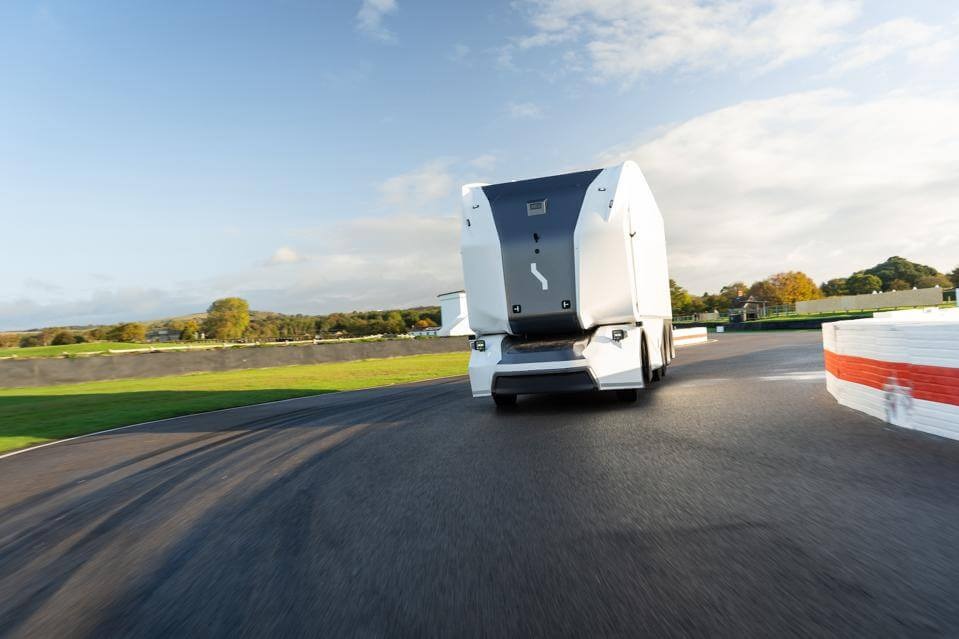Imagine that you can't lift a mug of tea, scratch your nose, or hug a loved one. For patients with amyotrophic lateral sclerosis (ALS), this is a daily reality. But technology has come to the rescue! A smart exoskeleton for a hand is not a fantasy, but a real device that returns the ability to move and maintain independence.
How does it work?
The device looks like a lightweight frame made of polymers and soft materials, which is attached to the arm. With the help of sensors, it reads micro—signals from muscles - even those that are no longer visible to the eye. When the user tries to make a movement, the system amplifies this impulse and helps the arm to rise, bend or hold the object.
Key Features:
- Adaptability: Adapts to the stage of the disease and individual capabilities
- Lightweight: It weighs less than a tablet and does not make your hand heavier.
- Smart help: Does not do everything for a person, but complements his efforts
Life with a robot assistant
Patients note that they can:
- Eating and drinking on your own
- Read a book by flipping through the pages
- Working on a computer
- Even playing with the kids!
As users joke: "Now I can shake my finger at my grandchildren again — it's priceless!"
Why is this a breakthrough?
Previously, such systems required complex configuration and helped only in the early stages of the disease. The new development works even with significant progression of ALS, learning with the user and adapting to his changing capabilities.
What's next?
The developers are already working on:
- The leg version
- More affordable price
- Integration with smart home systems
As the creators say, "Our goal is not just mechanical movement, but the return of the joy of simple human actions."


















